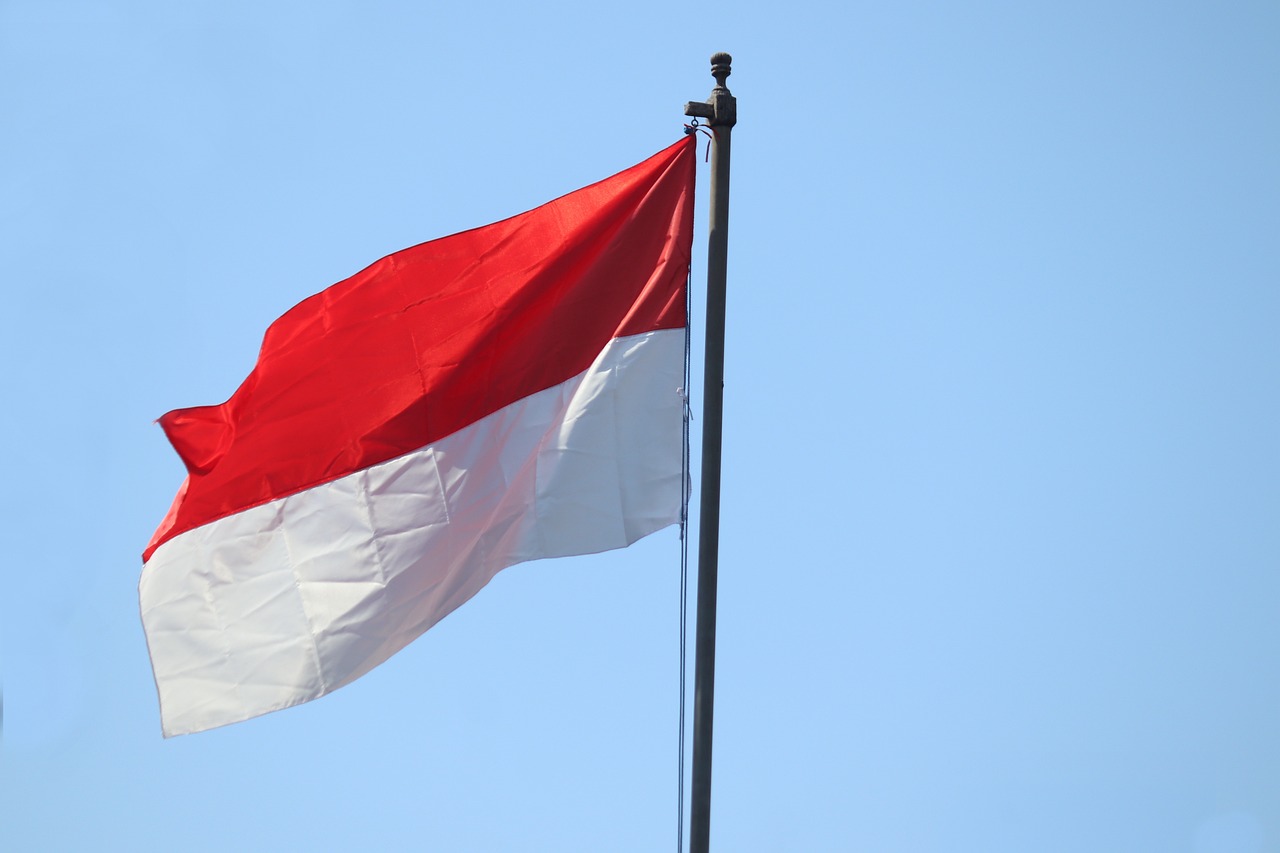
Pre-reading questions:
- What do you understand about the concept of reducing carbon dioxide emissions in a country’s power sector?
- What countries can you identify that have made recent notable announcements regarding substantial investments in environmental initiatives?
Vocabulary:
- carbon dioxide /KAHR-buhn dahy-OK-sahyd/
- release /ri-LEES/
- significant /sig-NIF-i-kuhnt/
- affair /uh-FAIR/
- consequence /KON-si-kwens/
[noun] – the gas formed when carbon is burned, or when people or animals breathe out
Carbon dioxide levels in the atmosphere have been steadily increasing due to human activities such as burning fossil fuels.
[noun] – the act of making something public or available for use
The company announced the release of its new software, making it available for download to the public.
[adjective] – important or noticeable
The discovery of renewable energy sources is a significant step towards mitigating climate change.
[noun] – a situation or subject that is being dealt with or considered; a matter
The government official was responsible for handling the economic affairs of the country during the financial crisis.
[noun] – a result of a particular action or situation, often one that is bad or not convenient
The consequence of the pollution from factories is the degradation of the local environment.
Article reading:
Through the Just Energy Transition Partnership (JETP), Indonesia aims to cut carbon dioxide emissions to 250 million metric tons by 2030, a notable decrease from the usual 350 million expected. The Comprehensive Investment and Policy Plan (CIPP) release, following a recent public review, solidifies this goal. As one of the largest global contributors to greenhouse gases, Indonesia is committed to raising renewable energy in power production to 44% by 2030, a significant increase from 12% in 2022. Erick Thohir, the temporary chief minister for investment affairs, stressed the urgent need for stronger partnerships to prioritize key projects and promptly fulfill financial commitments. The CIPP outlines a $97.3 billion investment, allocating $66.9 billion for 400 projects by 2030. While expecting JETP funding to accelerate the energy transition and attract aid, concerns linger among some environmentalists regarding reliance on commercial loans. The debate focuses on loan rates and their consequences. Indonesia’s JETP stands as the largest initiative in its category, next to Vietnam’s $15 billion program.
Comprehension questions
- What was the investment plan recently revealed by Indonesia, and which countries are supporting it?
- What is the target reduction of carbon dioxide emissions that Indonesia aims to achieve by 2030 through the Just Energy Transition Partnership (JETP)?
- How does the Comprehensive Investment and Policy Plan (CIPP) solidify Indonesia’s goal to reduce greenhouse gas emissions?
- What is the percentage of renewable energy in power production that Indonesia intends to reach by 2030, and how does this compare to the figures from 2022?
- Who emphasized the urgency of stronger partnerships to prioritize projects and meet financial commitments in Indonesia’s investment plan?
Discussion questions
- Have you been part of a big project to protect the environment? If yes, how did you help? If not, how do you think people or businesses can help big environmental projects?
- Have you faced a situation where helping the environment clashed with how much money was available? If yes, how did you handle it? If not, what’s important in balancing money and urgent environmental needs for big projects?
- Do you think it’s okay for countries to get a lot of money from private sources, even if it means paying higher interest rates, to switch to renewable energy?
- How might getting a lot of money from private sources affect Indonesia’s long-term plan to change its energy sources? How could relying on loans from businesses impact Indonesia’s ability to stick to its plan to reduce carbon emissions?
- What problems might Indonesia face by depending a lot on money from outside the country to change its energy sources? How can Indonesia deal with these problems while making sure its switch to renewable energy succeeds?